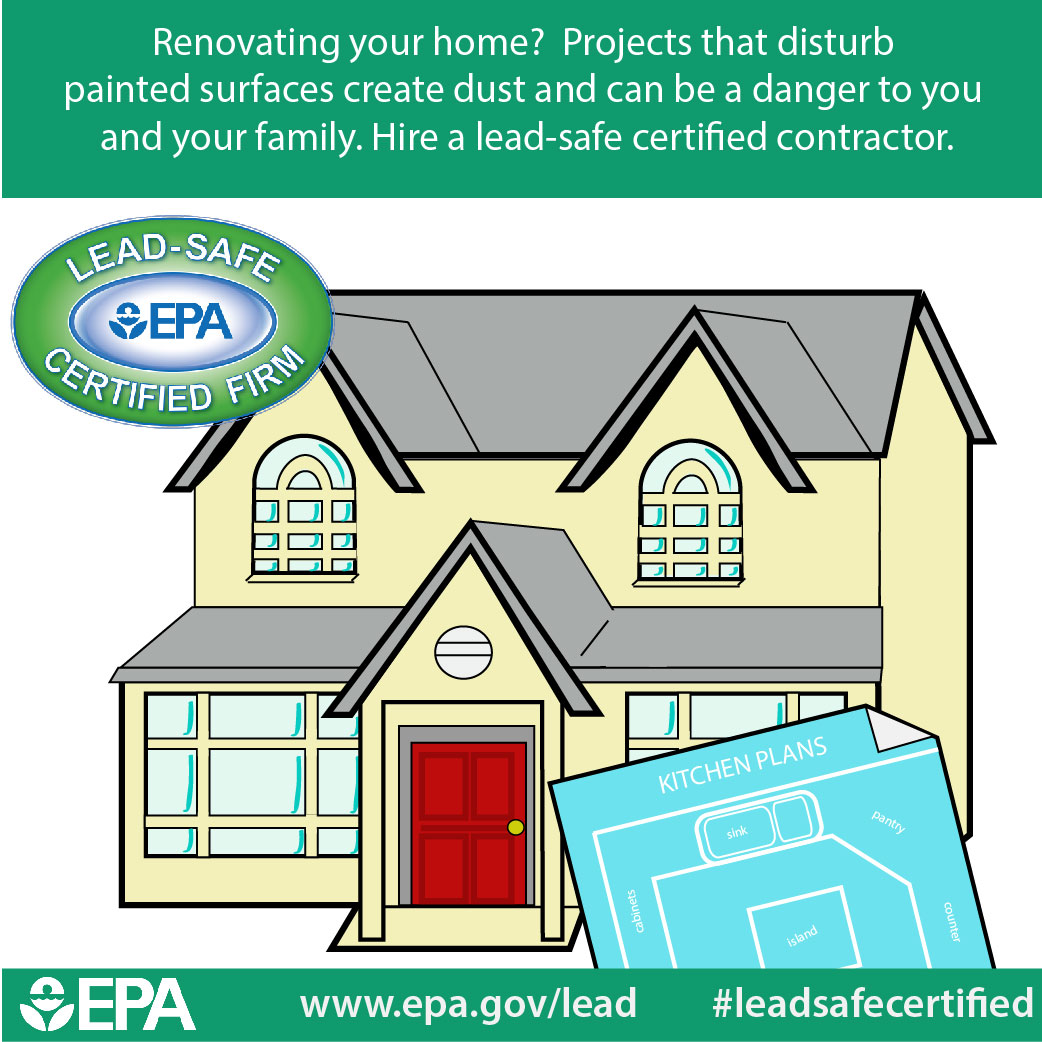Steps To Ready Your Wall Surfaces For A Flawless Painting Task
Steps To Ready Your Wall Surfaces For A Flawless Painting Task
Blog Article
Created By- learn more
Achieving a remarkable paint work starts with thorough wall preparation. From filling in imperfections to priming surfaces, each step plays a crucial duty in the final end result. Yet what concerning those complicated edges and edges that can make or break the general appearance? Keep tuned to uncover skilled suggestions on how to navigate these difficult areas with skill, making certain a seamless coating that will raise your area to new heights of elegance.
Wall Inspection and Repair
Evaluating wall surfaces for any type of blemishes and without delay resolving them with required repair work is vital for attaining a smooth and flawless paint work. Prior to starting the paint process, very carefully take a look at the wall surfaces for fractures, holes, dents, or any other damages that might impact the final result.
Beginning by filling out any kind of splits or holes with spackling substance, permitting it to dry completely prior to sanding it to create a smooth surface. For larger damages or damaged areas, consider using joint compound to ensure a seamless repair.
Furthermore, check for any kind of loosened paint or wallpaper that may need to be removed. Scrape off any peeling off paint or old wallpaper, and sand the surface to create a consistent texture.
It's additionally vital to check for water damage, as this can cause mold and mildew growth and affect the bond of the brand-new paint. Deal with any water spots or mildew with the proper cleaning solutions prior to waging the paint process.
Cleaning and Surface Area Preparation
To make certain an excellent and well-prepared surface for paint, the next step involves extensively cleaning and prepping the walls. Begin by cleaning your input here with a microfiber cloth or a duster to remove any loosened dirt, cobwebs, or particles.
For even more stubborn dust or gunk, a remedy of mild cleaning agent and water can be utilized to carefully scrub the wall surfaces, complied with by an extensive rinse with tidy water. Pay special attention to locations near light buttons, door deals with, and baseboards, as these have a tendency to collect even more dust.
After cleansing, it is necessary to examine the wall surfaces for any kind of cracks, openings, or flaws. These must be filled with spackling substance and sanded smooth when dry. Sanding the walls lightly with fine-grit sandpaper will certainly also help develop an uniform surface for paint.
Priming and Taping
Prior to paint, the walls ought to be topped to guarantee proper attachment of the paint and taped to protect nearby surfaces from stray brushstrokes. Priming works as a crucial step in the painting process, particularly for new drywall or surfaces that have actually been covered or repaired. It helps secure the wall surface, producing a smooth and uniform surface area for the paint to follow. Furthermore, website can boost the longevity and coverage of the paint, eventually resulting in a more professional and long-lasting surface.
When it pertains to taping, using painter 's tape along trim, ceilings, and other surfaces you wish to safeguard is important to achieve clean and crisp paint lines. Painter's tape is developed to be conveniently applied and removed without damaging the underlying surface or leaving behind any type of deposit. Put in the time to appropriately tape off locations prior to painting to conserve yourself the trouble of touch-ups later.
Conclusion
To conclude, effectively preparing your wall surfaces before painting is critical for attaining a flawless surface. By inspecting for imperfections, cleansing thoroughly, keying the surface, and using painter's tape for tidy lines, you can guarantee a professional-looking paint task.
Taking the time to finish these actions will result in a smooth and resilient surface that improves the overall look of your area.
